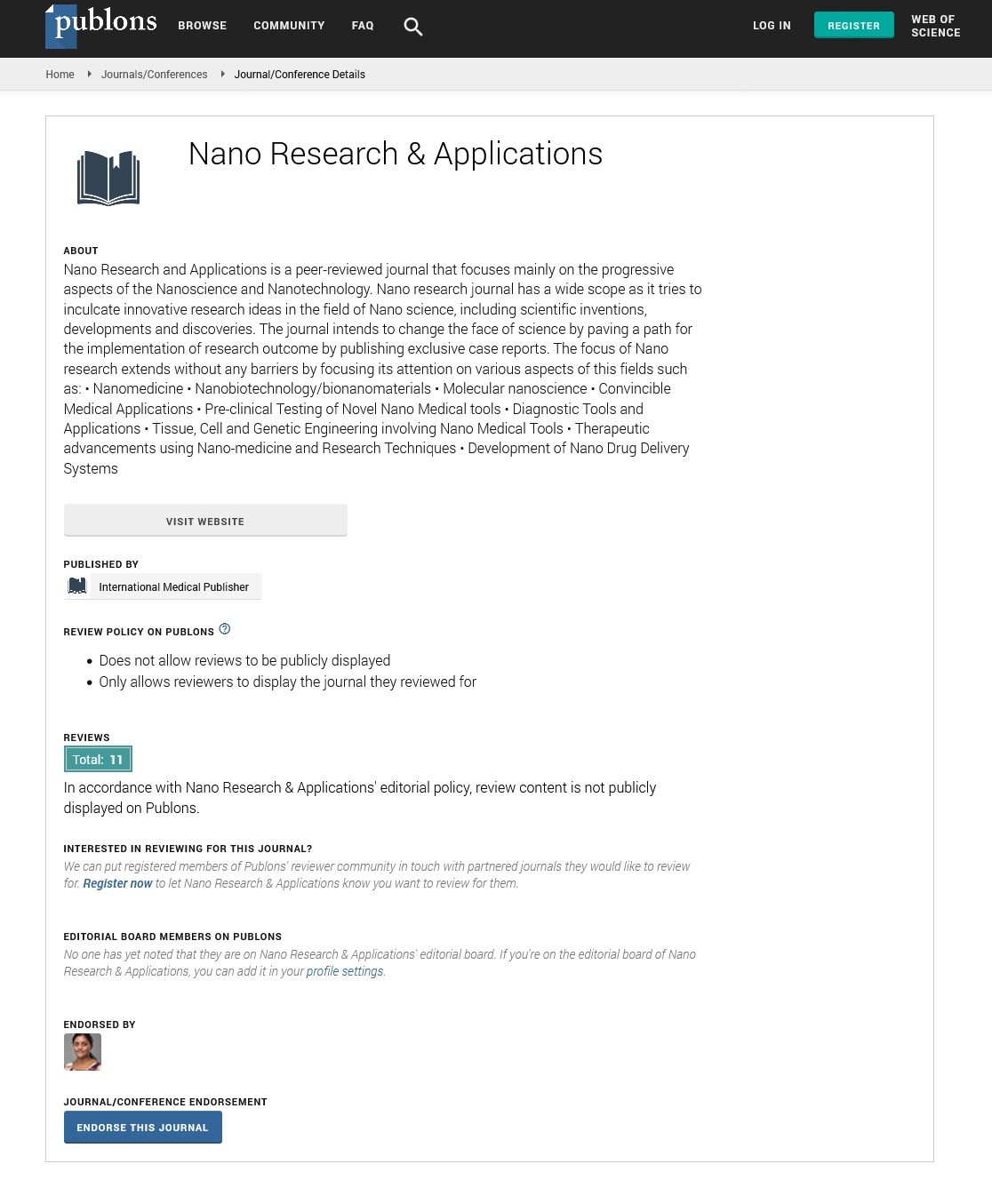Abstract
Improvement Microstructure and Hot Corrosion Resistance of Plasma Sprayed Thermal Barrier Coatings by 20%wt Al2O3 Addition
This study aimed to study the effect of alumina addition to yttria partially stabilized zirconia on microstructure and hot corrosion performance of 20%wt Al2O3 + YSZ composite thermal barrier coatings (TBCs) in the presence of a molten eutectic mixture of Na2SO4 + V2O5 at 900 â?¦C at different times are 1, 10, 40 and 80 Hrs. and comparison with conventional YSZ. The 20%wt Al2O3 + YSZ composite coatings are prepared by atmospheric plasma spray (APS). Upper surface plan views of the coatings are examined using scanning electron microscopy (SEM) to observe the morphological and microstructural changes. Element analysis and phases are identified for both conventional and composite. The hot corrosion test products are determined using (EDS), (EPMA), and (XRD).
The results indicate that the hot corrosion resistance of plasma-sprayed TBCs is enhanced by laser addition of alumina. This enhancement is due to reducing of the specific reactive area of the composite surface layer and consequently, decreasing the reaction between molten salt and zirconia stabilizers. In addition to the elimination of the vertical crack and pores which are in conventional YSZ. SEM indicates that corrosion products have rod-like and semi cubic crystals in both types of coatings. In coating with alumina, these crystals are found fewer and smaller than conventional coating in terms of quantity and size. The semi-cubic crystals grow to a needle-like structure with increasing time exposure to form numerous needles in the glossy matrix at 40hours. The XRD patterns of conventional and composite coating before and after hot corrosion at different interaction times are clearly formed many extra new phases. The main phases before corrosion are metastable tetragonal phase (t') and resident of monoclinic phase (m) for conventional YSZ, while for YSZ+Al2O3 composite are (t') and α-Al2O3. Corrosion products are m phase and vanadium compounds (YOV4). The amount of m phase formed is less than the vanadium compounds (YOV4). This observation suggests that during failure there is still a high volume fraction of the phase. Therefore, the low reaction rate of formation of YOV4 without reaching the m phase underneath plasma-sprayed for composite coating and increasing the resistance of corrosion by alumina addition
Author(s):
Mohammed Jasim Kadhim
Abstract | Full-Text | PDF
Share this

Google scholar citation report
Citations : 387
Nano Research & Applications received 387 citations as per google scholar report
Nano Research & Applications peer review process verified at publons
Abstracted/Indexed in
- Google Scholar
- China National Knowledge Infrastructure (CNKI)
- Directory of Research Journal Indexing (DRJI)
- WorldCat
- Publons
- Secret Search Engine Labs
- Euro Pub
Open Access Journals
- Aquaculture & Veterinary Science
- Chemistry & Chemical Sciences
- Clinical Sciences
- Engineering
- General Science
- Genetics & Molecular Biology
- Health Care & Nursing
- Immunology & Microbiology
- Materials Science
- Mathematics & Physics
- Medical Sciences
- Neurology & Psychiatry
- Oncology & Cancer Science
- Pharmaceutical Sciences


